What Exactly is Lump Charcoal?
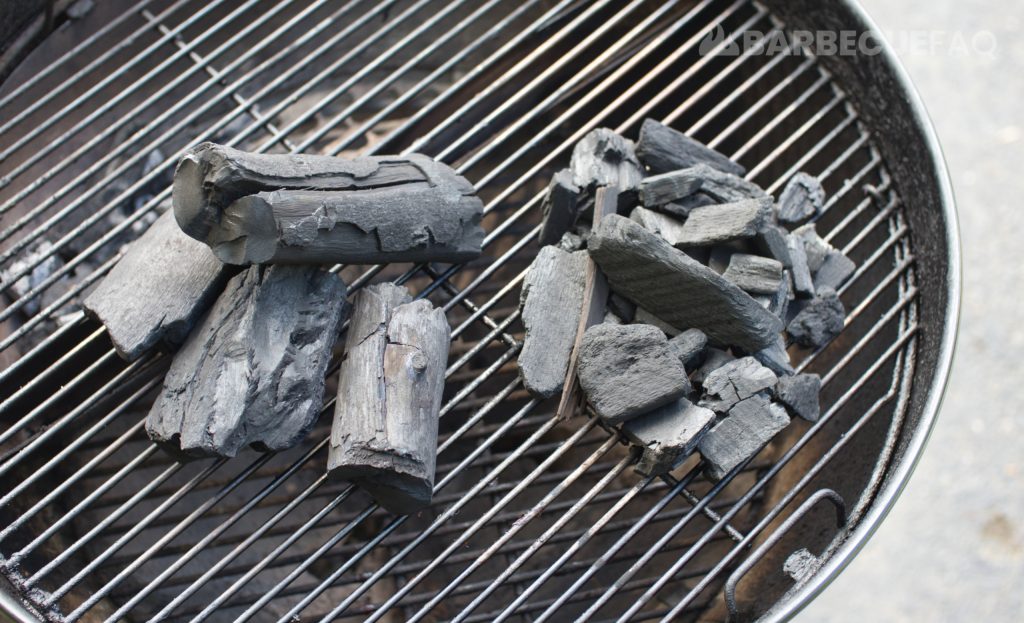
- Natural, no additives
- Doesn’t produce a lot of ash
- Responds well to damper and vent adjustment
- Typically more expensive
- Varies in terms of sizing
One of the biggest concerns related to lump charcoal is the wood used to make it.
Unprocessed wood like limbs, branches, and scraps from a saw mill aren’t tainted by anything. Where-as scraps from flooring could contain chemicals from the stain or finish.
If you discover distinct flooring scraps, they are likely from unfinished wood, however it’s best to contact the company.
I personally quite like lump charcoal, I only wish it was cheaper. It works well for smoking and responds really well to vent and damper adjustment – making dial in a temperature super easy.
Noteworthy brands are B&B, Jealous Devil, and FOGO.
What Exactly are Briquettes?

- Manufactured for consistency
- Relatively cheap
- Can contain additives
- Take longer to ignite
- More ash byproduct
A charcoal briquette is made from a combination of several materials. These materials are then pressed together with a mold to form 1 briquette.
Common additives include:
- Limestone – Ash whitening agent
- Starch – Binds ingredients
- Borax – Helps to release from the mold
- Sodium nitrate – Aids in ignition (accelerates the burning of combustible materials)
- Paraffin – Aids in ignition
- Petroleum solvents – Aids in ignition
It’s also not uncommon for “match-light” or “instant-light” varieties to be sprayed with a hydrocarbon solvent before being bagged; This makes the charcoal easier to light.
Note: If you use match-light charcoal, be sure to roll the bag closed. Leaving the bag open will cause the solvents to evaporate.
All natural options made from hardwoods with a cornstarch binder are also readily available; However, they come at a price that’s comparable to lump charcoal.
Comparing these 2 Forms of Charcoal
The main things we’ll be looking at are:
- What actually fuels charcoal
- The impact of fire arrangement in your smoker
- Why Kamado grill manufacturers suggest lump charcoal
- Both forms can be ignited the same way
- If lump charcoal actually burns hotter
Regardless of Form, Charcoal is Fueled by Air
This is how Pitmasters regulate temperature – they’re opening and closing their intake and exhaust vents.
- Open vents allow more airflow and result in a hotter pit.
- Partially closed dampers allow less air resulting in a cooler fire.
If you were to entirely close the exhaust damper, it would create a build up of combustion gases and stop oxygen from entering the system – putting out your fire.

Fire Arrangement Matters
There are also various fire configurations that can provide direct and indirect heat via “zones” on your grill.
For instance, when smoking meat on a charcoal grill, most people make use of a a two-zone fire.
One zone creates a convection of heat and another zone for radiant heat (above the fire).
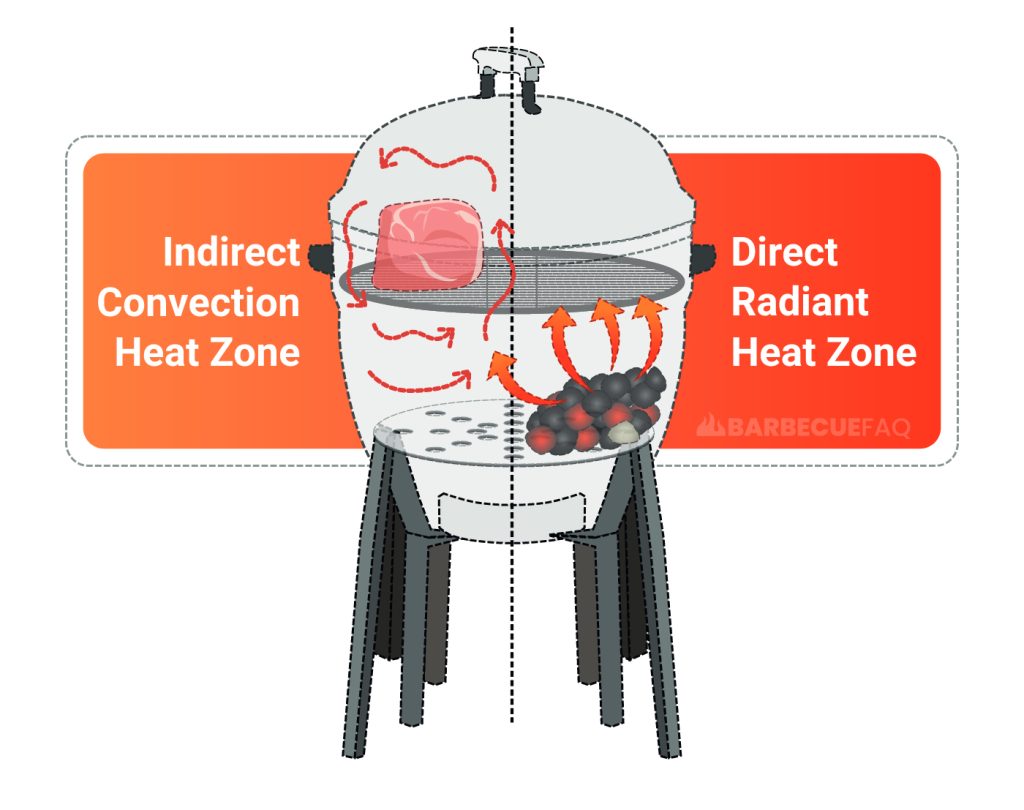
You could even strategically arrange charcoal so that it passively self-ignites.
The 2 most common methods of doing this are:
The snake method is better suited to using briquettes because they’re uniform and are easier to stack.
The minion method doesn’t matter, you’re just using lit charcoal to light unlit charcoal and arrangement doesn’t matter as much.
Why Kamado Grill Manufacturers Suggest Lump
Since pit temp is primarily regulated by airflow. This airflow can also be stifled by charcoal byproducts, mainly ash; Ash can block airflow and make your fire colder.
Since a Kamado grill’s ash collection system is so small most Ceramic grill manufacturers will typically recommend using lump charcoal because it produces far less ash.
Briquettes can work as well provided that they’re all-natural and contain few binders.
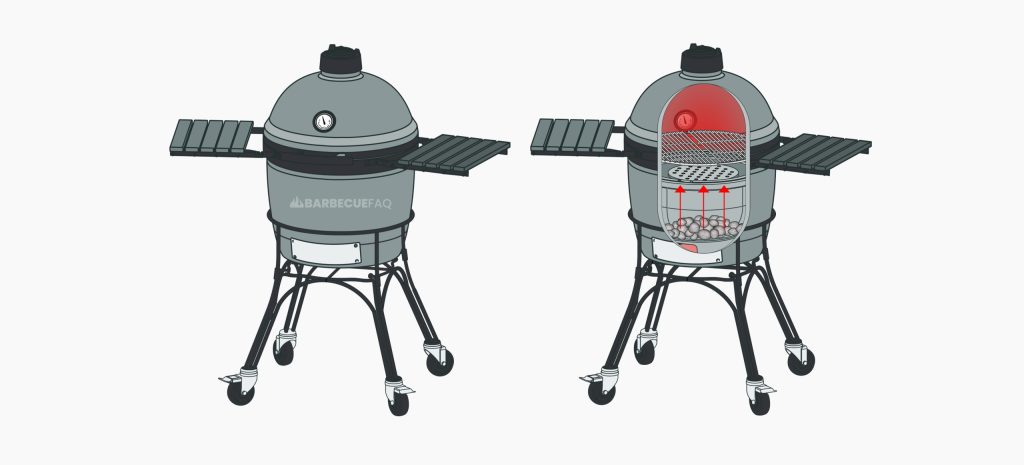
Does Lump Charcoal Burn “Hotter” than Briquettes?
It depends.
As I’ve pointed out above, Oxygen is what feeds fire. You can quite literally control heat output via how much or how little oxygen interacts with your fuel.
As well as how much of a fuel source you use (hence the fire triangle).
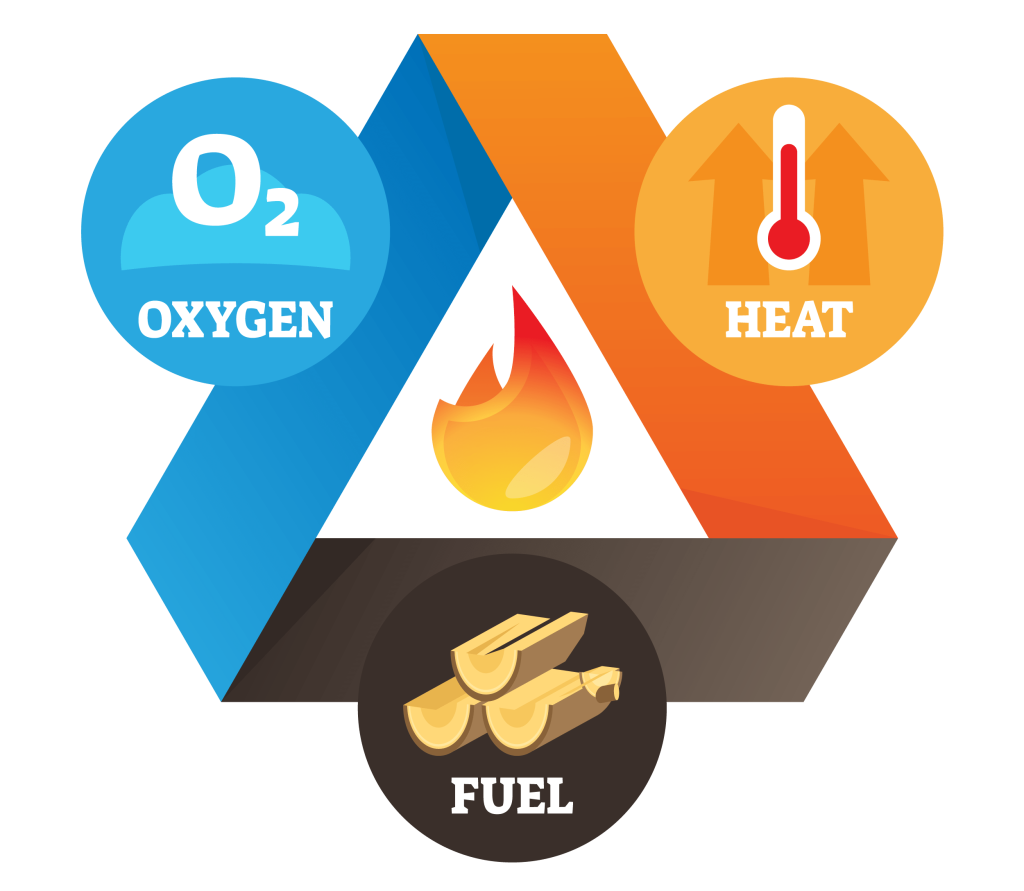
Due to the irregular shape of lump charcoal – which can fill in gaps and stifle airflow – briquettes will tend to burn hotter than lump charcoal.
In experiments by Greg Blonder he looked at various smokers, their fuel sources and their combustion byproducts.
In his experiments he used a charcoal chimney to burn both briquettes and lump charcoal:
- The briquettes (70 – Kingsford blue bag) ranged from 1700 – 2150F (early flame > white coals).
- The lump charcoal (Royal Oak) ranged from 1400 – 1800F (dull red coal > brighter red).
Meaning for the intents and purposes at home (like searing a steak), this idea that lump charcoal burns “hotter” than briquettes is misinformation at best.
And a “gimmick” at worst.



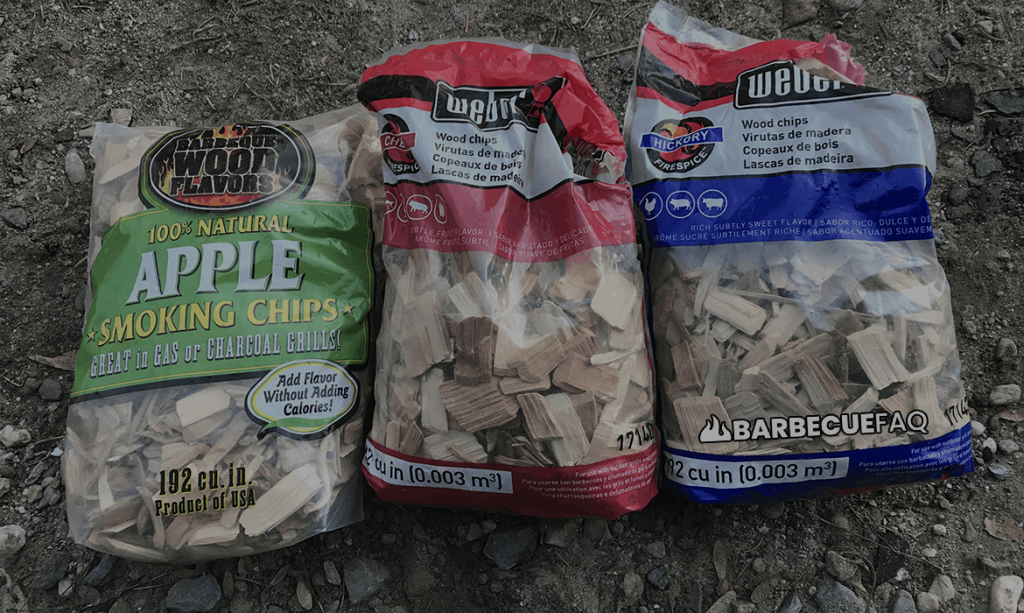
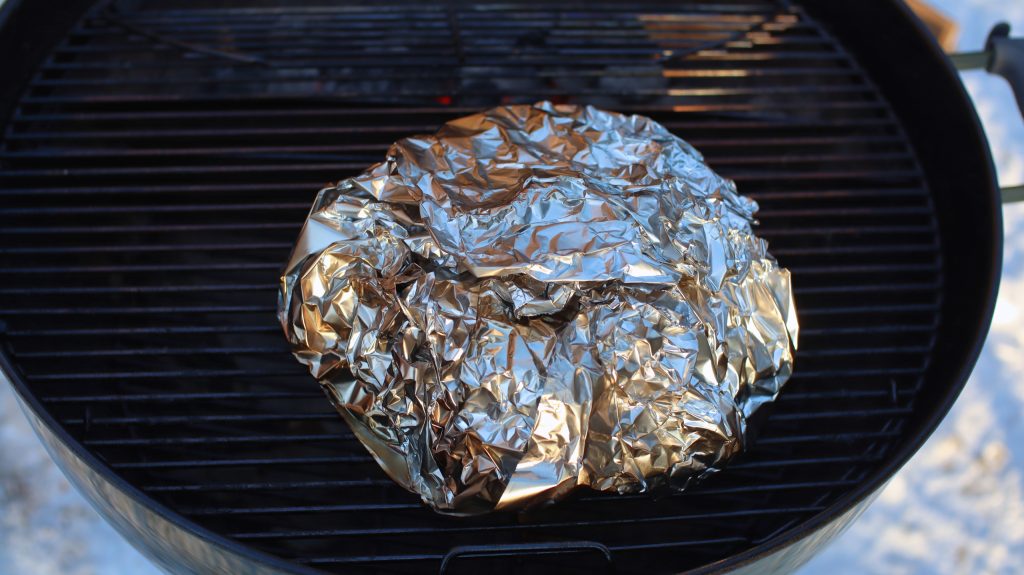
2 comments
Katlyn Holycross
Great! Just what I was searching for!
Dylan Clay
Happy to help Katlyn!
-Dylan